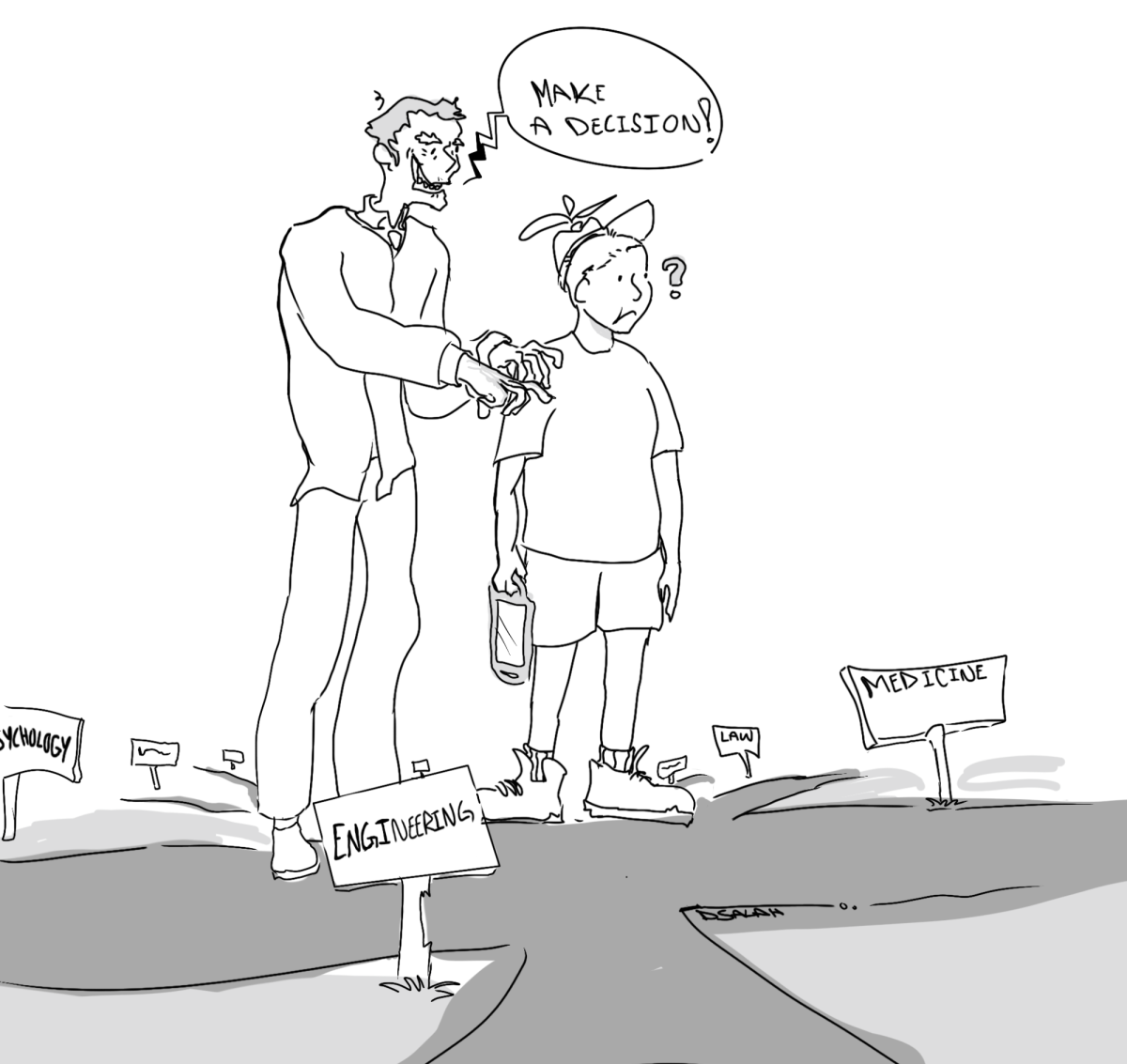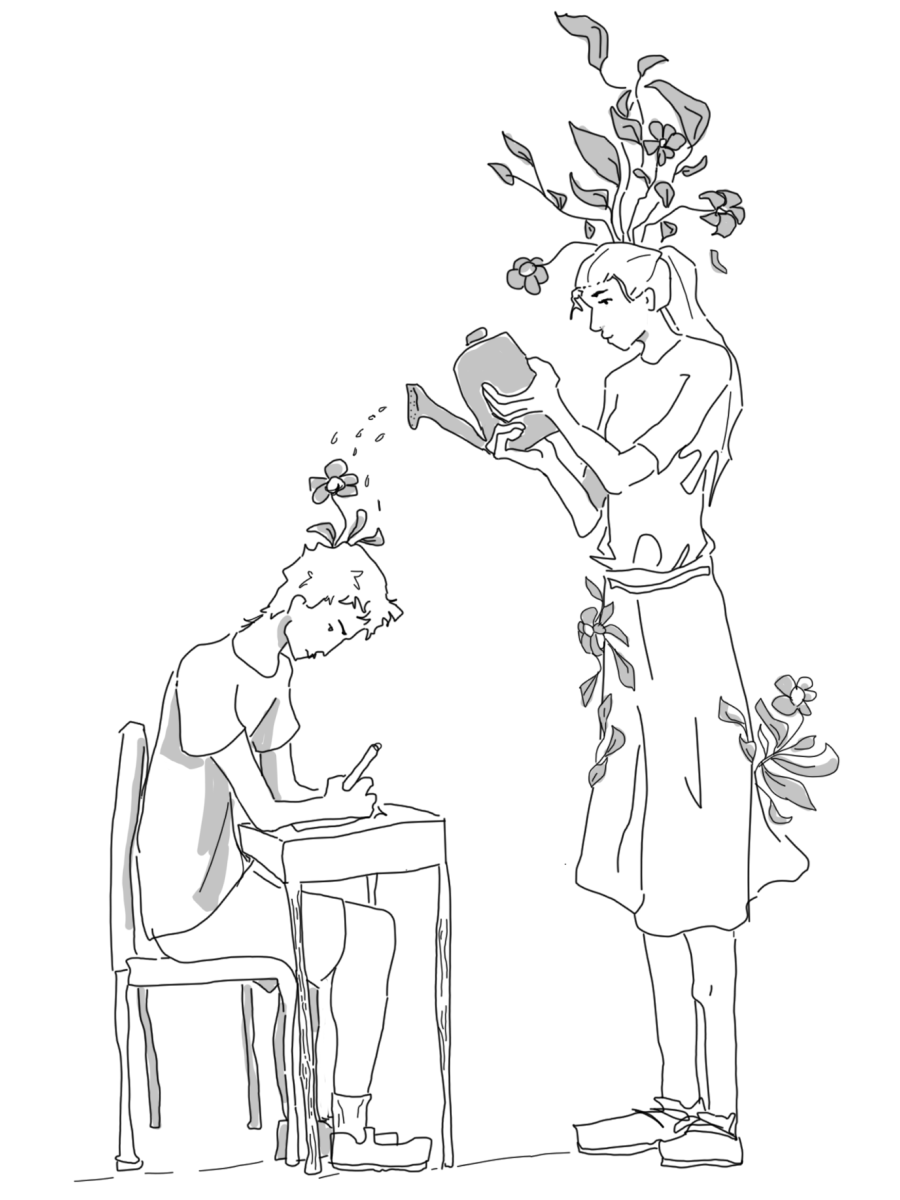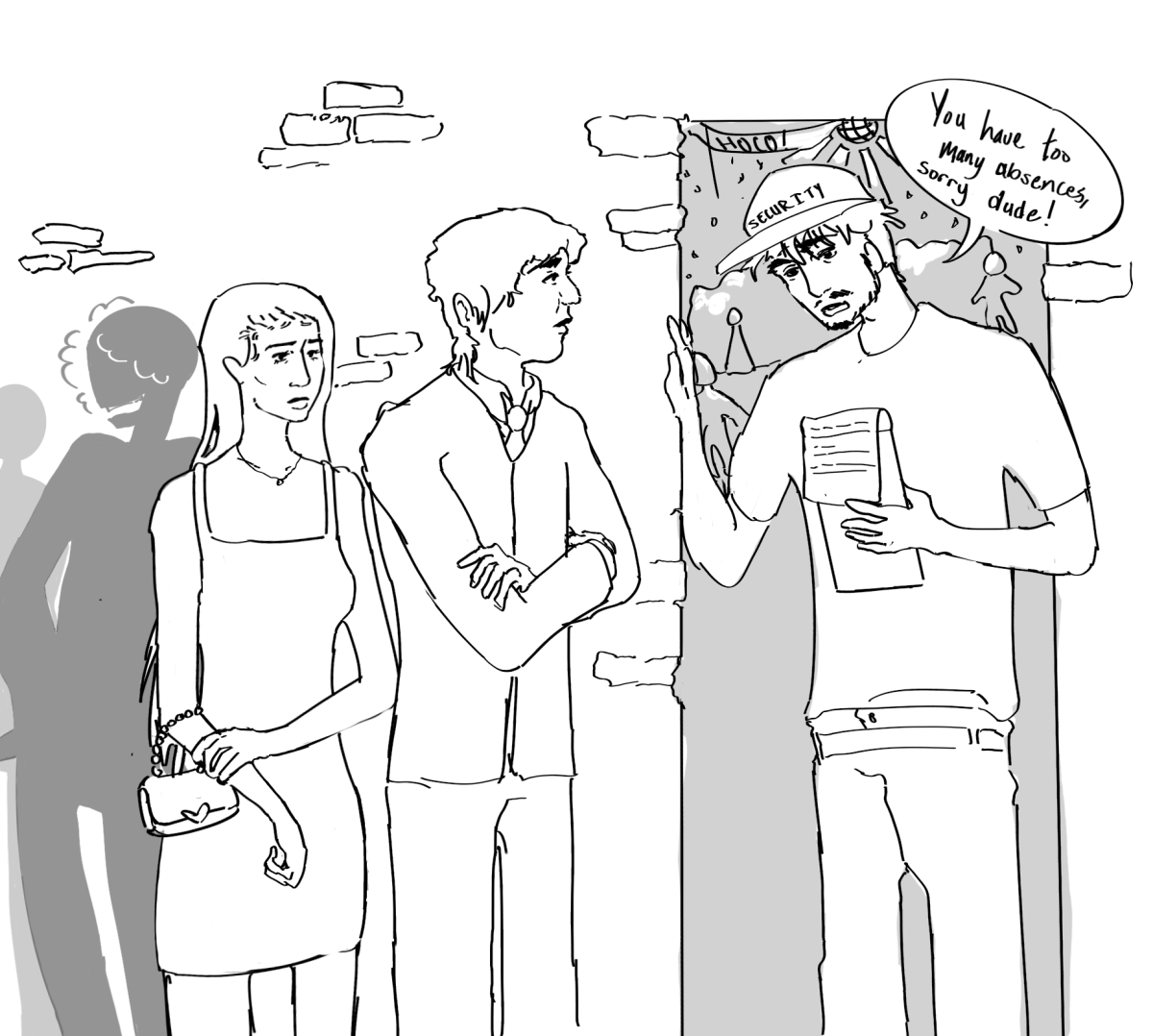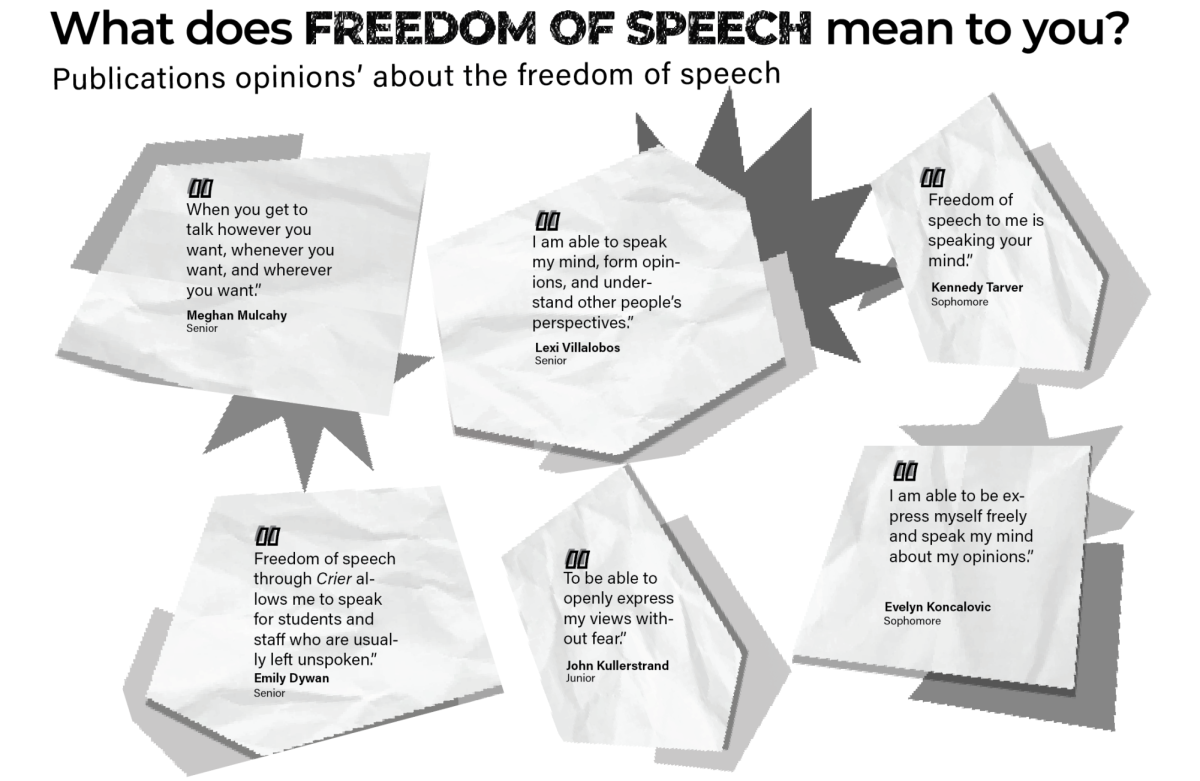Checking PowerSchool and noticing a significant drop in semester one grades compared to each quarter, the change in grading scale has proven to be one of the most confusing changes for students this school year. Now nearing the end of the semester, the changes in category weightings and finals being 15% of the semester grade are extremely apparent.
Despite students being aware of these changes since the beginning of the year, more confusion has been caused by the quarter two grades shown on PowerSchool, when only the semester grades actually matter. The semester grade is not just the two quarters averaged—it is the total points earned in each category throughout both quarters. This causes the semester grades to seem off compared to both quarters, especially without the 15% final exam grade included.
Making these changes were necessary because they’re fair—it creates a uniform process so teachers are less likely to make mistakes in the gradebook. But with such changes comes inevitable adjustments, specifically to the senior class. After being used to the old grading system which was determined by each teacher or department, it is hard to switch their last year.
Ultimately, this transition is for the betterment of both students and teachers. It may be tough to deal with in the present, but it ensures consistency in the future.
Our take:
The quarter grades being shown on PowerSchool despite only the semester grades mattering is confusing.














